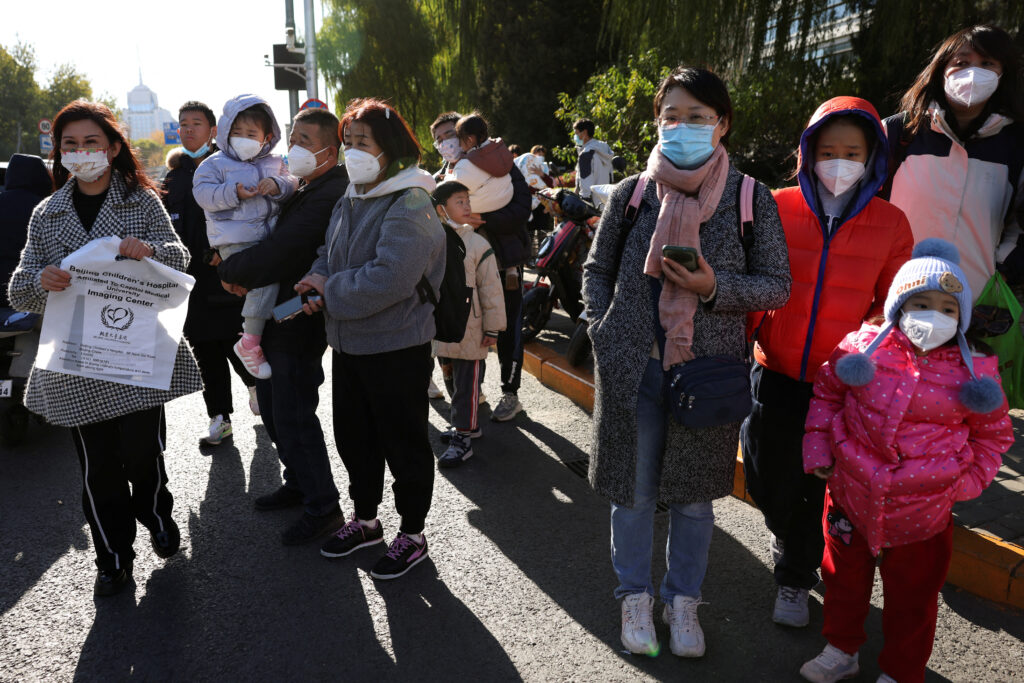
As winter sets in, China is witnessing a significant rise in respiratory illnesses, with a notable increase in cases of Human Metapneumovirus (HMPV). While social media is rife with comparisons to the Covid-19 pandemic, health authorities are taking proactive steps to address the situation.
New Monitoring Systems in Place
The National Disease Control and Prevention Administration (NCDPA) has launched a pilot program to monitor and manage pneumonia of unknown origin. This initiative aims to improve tracking and response to seasonal surges in respiratory infections, ensuring timely intervention and coordinated action.
Kan Biao, an NCDPA official, assured the public that while infections are expected to rise through winter and spring, the overall number of cases is projected to remain lower than in 2024.
Impact on Vulnerable Groups
Young children and the elderly are particularly at risk, as these groups are more susceptible to severe symptoms of HMPV. The virus, which spreads through respiratory droplets and close contact, causes symptoms like fever, cough, runny nose, and wheezing. In severe cases, it can lead to bronchitis or pneumonia, especially in individuals with pre-existing health conditions.
What Is Human Metapneumovirus (HMPV)?
HMPV is a highly contagious respiratory virus, similar to RSV and the flu. It is most active during the winter and early spring months. While most cases are mild and manageable with rest and hydration, severe infections may require hospitalization and supportive treatments such as oxygen therapy.
Preparedness and Public Awareness
To combat this surge, China is urging its healthcare institutions to adopt stringent monitoring protocols. Public health experts recommend practicing good hygiene, wearing masks in crowded places, and seeking medical care for persistent or severe symptoms.
With the implementation of advanced monitoring systems and proactive public health measures, China is striving to manage the situation effectively and prevent a healthcare crisis.








